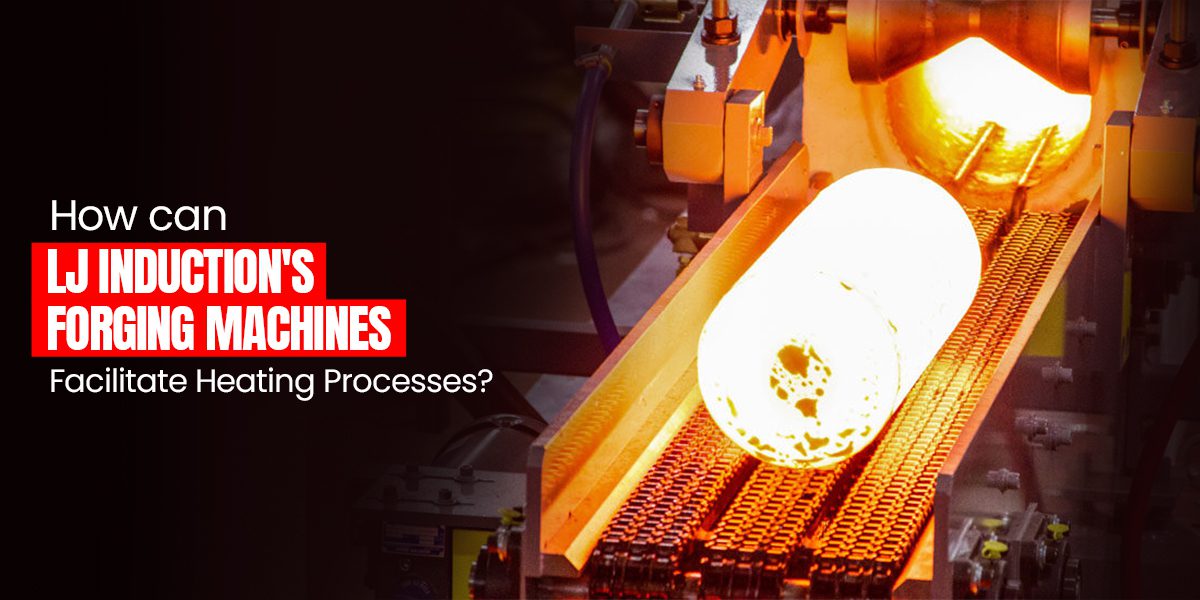Ferrous metals can be heated safely, effectively, and sustainably with an induction heating machine, which has practical applications in various industries. Induction Heat transfers its energy directly to the heated object with little heat being lost. When compared to conventional heating techniques like an open flame, induction heating has several benefits, from functional improvements to those that help safeguard our environment. Several methods are available for melting and heating metal, and companies can use induction heating, convection heating, radiant heat, and open flames. Compared to alternative approaches, employing an induction forge during the heating process has various benefits for many applications. Because it uses electromagnetism, induction heating is incredibly effective and precise. A technician will utilize induction heating equipment in an industrial context to induce an electrical current in the metal object, which produces heat at the molecular level. This heat builds up until the metal is hot and malleable enough for machining.
Before being moulded or “deformed” by presses or hammers, metal components are heated using induction called induction forging. Compared to forging furnaces, an induction forging machine provides some essential benefits. High throughput is guaranteed by the speed and controllability of induction heating, reducing oxidation and assisting in handling the integrity of the metal. Induction conserves energy by distributing precise, localized heat. Induction is perfect for integration into automated production processes due to its uniformity and repeatability. The metal and foundry industries utilize induction forging extensively to heat billets, bars, and bar ends. Brass, aluminium, copper, stainless steel, and steel are among the metals that are frequently forged using LJ Inductions.
What are the advantages of induction forging machines?
The good benefits of forging furnaces are as follows:
• Process controllability: The induction system doesn’t need to be preheated or shut down under controlled conditions. When heat is required, it emits it. In addition to the advantages of quick availability, it is possible to turn off the power in the event of a downstream interruption, conserving energy and avoiding component scaling.
• Energy efficiency: Because of the heat they produce internally, the components transfer heat very effectively. The environment around an induction heater is not heated; only the element it is attached to is.
• High power density ensures a rapid temperature rise. Scale is decreased, along with surface flaws and unfavourable impacts on the surface metallurgy. While this is happening, oxidation is stopped throughout the hot forming process.
• Incredibly consistent heating: The production is uniformly heated by the induction heating technique. As a result, post-forging machining allowances are decreased, forging accuracy is increased, and the die may extend life.
• No dangerous byproducts: Induction heating operates repeatable heat without any harmful consequences and is a 100% green operation, in contrast to more typical heating techniques that release smoke and toxic gases.
From consultation to production to after-sales and equipment maintenance, LJ Induction offers a one-stop service for induction heating for forging in many sectors. We are dedicated to delivering customers the best feasible induction heating solutions. We aim to tackle the most complex heating applications while validating which heating processes can benefit from our systems through free testing and solution.

